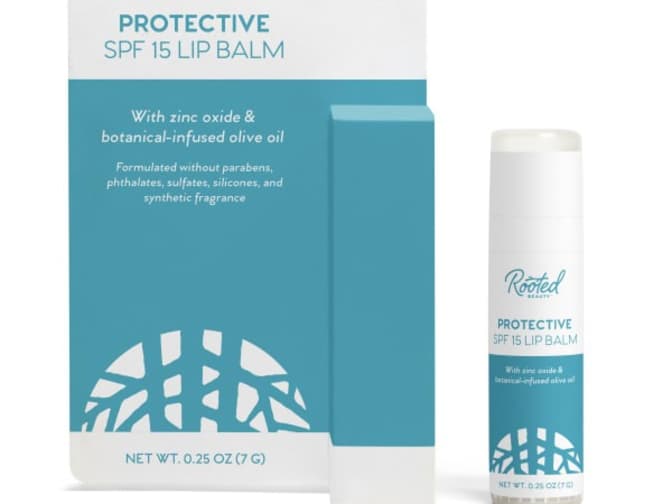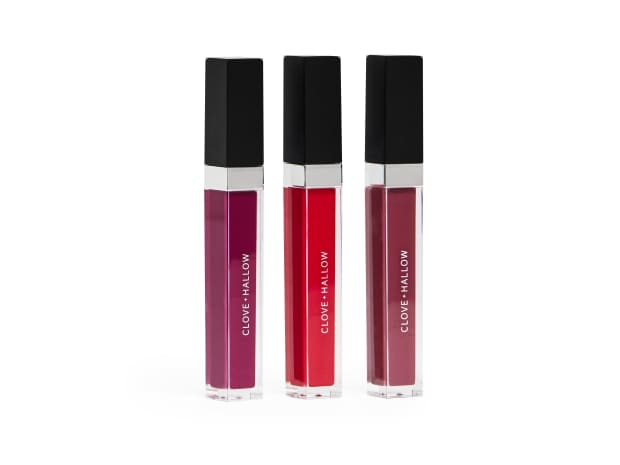
Beeswax
Most natural lip balms use beeswax as the base since it’s nonallergenic, anti-inflammatory, and it softens the skin. Beeswax is also known to have antimicrobial properties, making it a healing balm for cracked, chapped lips.
Research results show that beeswax is a great source of Vitamin A, which delays natural collagen loss and increases skin regeneration.
It’s important to note that beeswax isn’t considered vegan.















